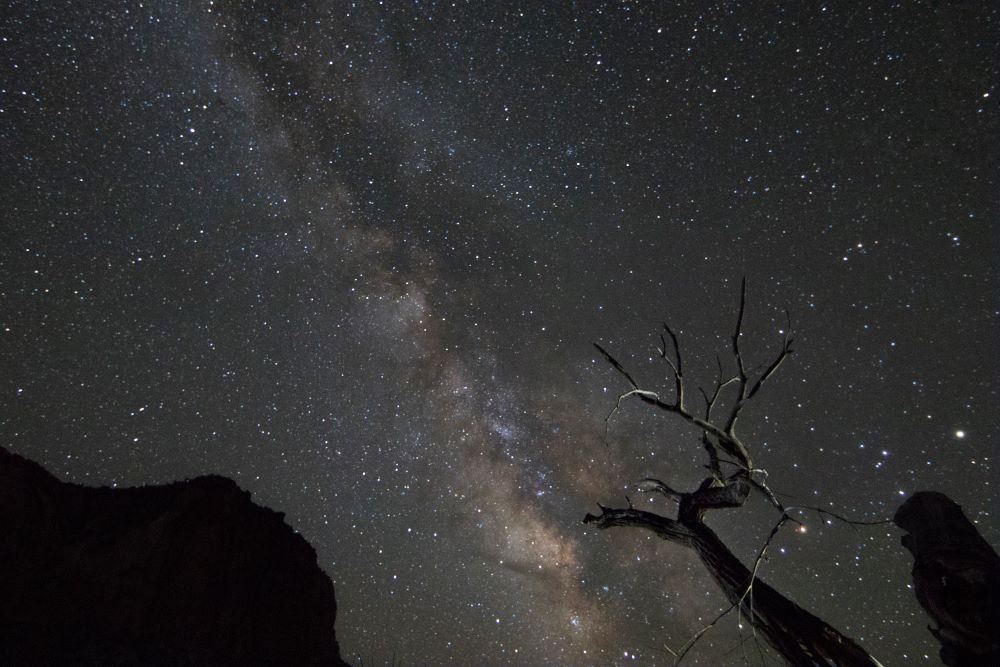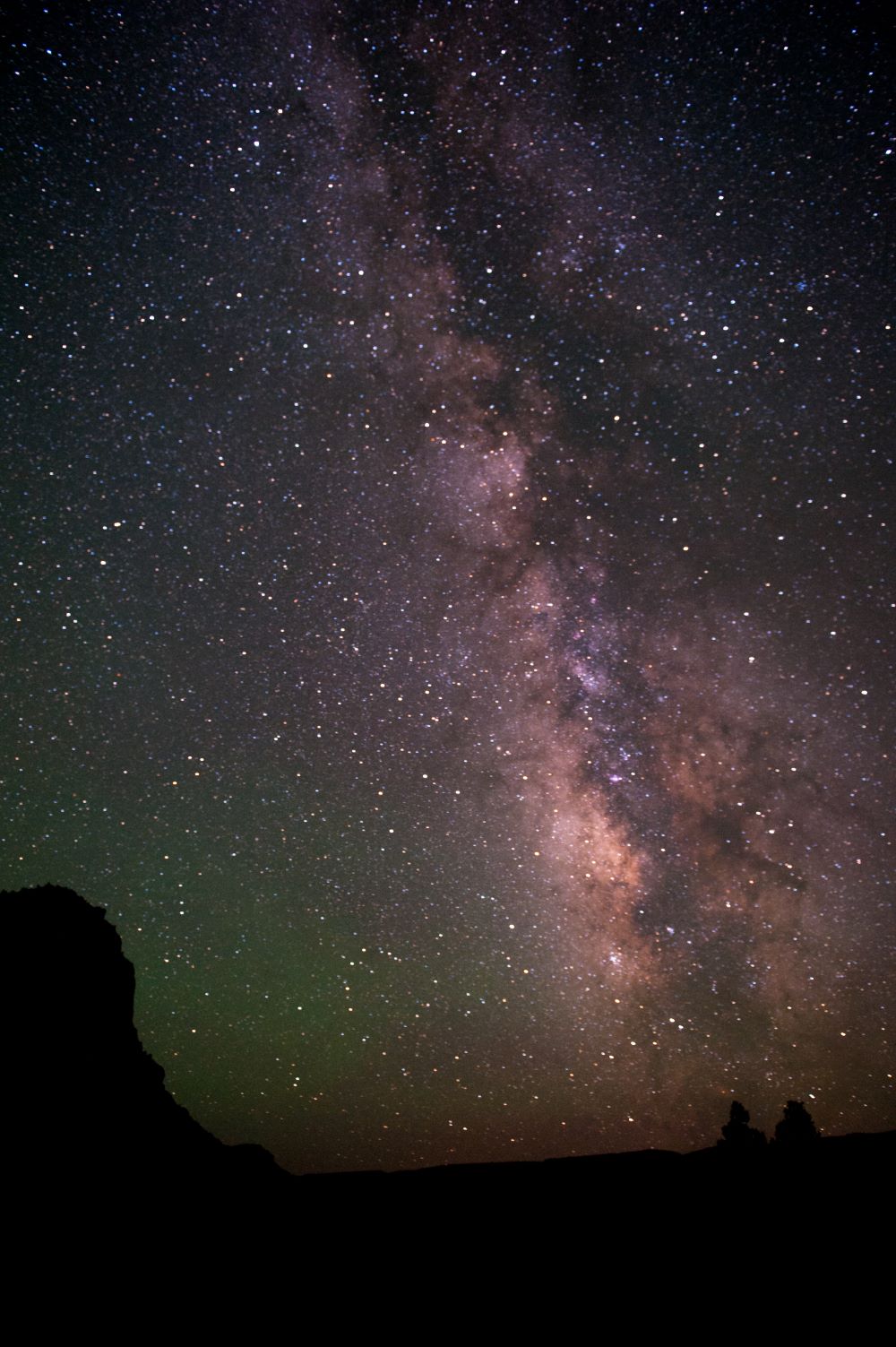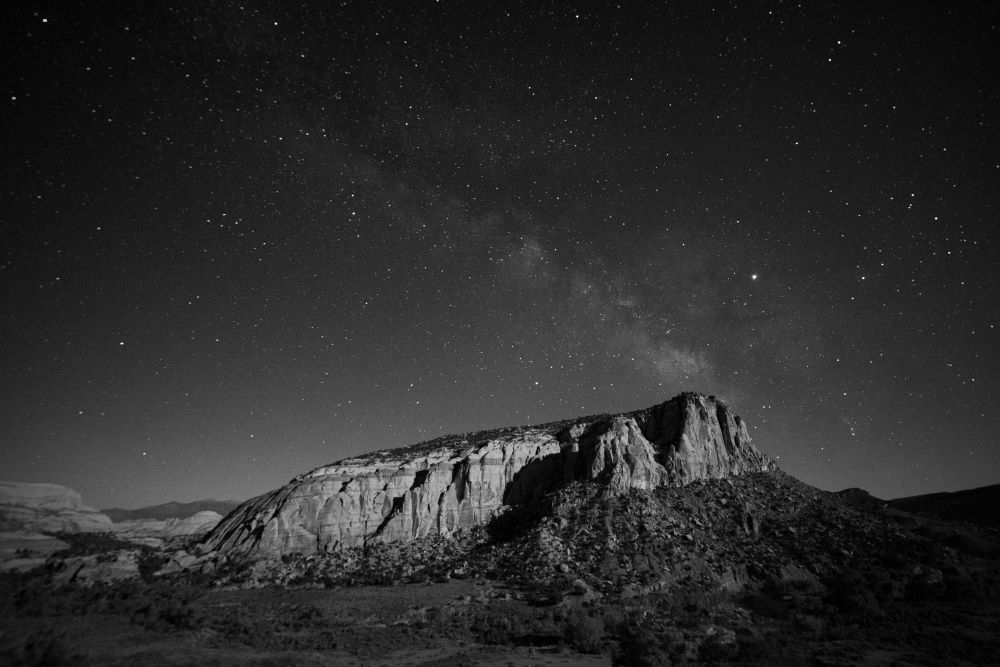Dark Sky at the Field Station
As the world becomes more aware of the consequences of light pollution and works to reduce it, we are fortunate that the field station does not have this issue. In 2015, Capitol Reef National Park was designated as an international dark sky park (Capitol Reef Night Sky). It offers excellent night-sky viewing. The International Dark-Sky Association (IDA) certifies not just national and state parks as "Dark Sky Parks," but also certified communities. Torrey., the nearest town the the Field Station, was Utah's first Dark Sky community. Learn more about how to get involved on any level.
At the field station, we strive to minimize light pollution. We have limited, low-wattage, downward-facing external lighting. All windows are equipped with blinds that are closed at night to reduce the amount of light that leaks from buildings into the environment. Our visitors are treated with wonderfully dark skies that can be enjoyed with the naked eye, and also with our telescopes, including a 12-inch Dobsonian. In fact, CRFS grounds are so dark that we set up the telescopes just outside the buildings!




